Knud Rosenmayr JDPSN: Death and losing someone (Dharma Note)
When ‘All Souls‘ Day is celebrated at the beginning of November (also known as the Day of the Dead), people remember those who have died. In our time of the pandemic, so many people have died over the last two years and even if we haven’t lost someone close to us, as human beings we are inevitably confronted with death.
But what is death really and how to deal with it? There is a famous koan which is called Joju’s “Man of Great Death“:
Zen Master Joju asked Tu Ja, “When a man of great death returns to life, how is it?”
Tu Ja replied, “Going by night is not permitted. You must arrive in daylight.”
Zen Master Tu Ja (Touzi Datong or Tosu Daido) lived in the 9th century and was a contemporary of the famous Zen Master Joju (Zhaozhou Congshen). Speaking of death, both of their lineages died out but their dialogues are still used to this day and can become very much alive. Another translation of Joju’s question says “When a person who dies the Great Death revives, what then?” What is that person – that sentient being – of which Joju speaks here?
Fear of disappearance
In the Platform Sutra, there is a paragraph where the 6th patriarch talks about the Bodhisattva’s vow to save all sentient beings from suffering. He says that the infinite number of sentient beings are also the delusive mind, the deceitful mind, the evil mind, etc. – all of these are sentient beings. We have infinite sentient beings inside us including the sorrowful mind, the mind that is in despair, and so forth. If these sentient beings inside us cease to exist and body and mind completely disappear, then what? What is it?
If we want to find out what death really means, we need to experience for ourselves when all these beings completely fall away. When we totally let go. All of us very likely have already experienced this in some way. Sometimes it may have the quality of hitting us or waking us up – maybe while watching a sunrise, a rainbow, or a bird in the tree. Practice may help us to gather the energy and see this clearly. Through that, also the source of fear from death may become clear: Is there a holding onto these beings inside? If you want to live a great life, we need to die a great death. One may say this is only in our minds, the body dying is a completely different story – is that so?
Grief over the loss
When someone dies, we have different ways of dealing with it. Different cultures deal with death in various ways. I remember when I was traveling to India together with my brother. We were on our way to Bodhgaya and at the train station, there were two corpses covered in white linen laid out on the bare floor on the side of the train station. When we came back, there were already four corpses lying on the floor at the train station openly exposed to the public.
In other countries, that would be outrageous and would be judged as wrong – or right, depending on the group you might ask. When someone who is close to us dies, often a picture, a smell, a sound, a taste or a touch brings back memories of that person long after that person is gone. How can we deal with grief? With the pain of losing someone and the despair? In many cultures, we build a place of remembrance, sometimes a gravestone or maybe a little Stupa. Is it because of this confrontation we get more and more familiar with the pain, the despair, and the suffering and maybe finally be able to let go?
Ji Jang Bosal
Traditionally in Buddhism, we recite a mantra. In Korean, it’s called Ji Jang Bosal – the bodhisattva of transition. In Tibetan, her/his name is Sa Yi Nyingpo. We recite this mantra when someone has died recently. The story of Ji Jang Bosal says that a Brahmin maiden, Kṣitigarbha was once deeply troubled by the death of her mother. She prayed and meditated fervently that her mother is spared the pains of hell. Kṣitigarbha’s consciousness was transported to a hell realm, where she met a guardian who informed her that through her fervent prayers, her mother had already ascended to heaven. The girl was greatly relieved, but the sight of the suffering she had seen in hell touched her heart. She vowed to do her best to relieve beings of their suffering in her future lives for kalpas.
Traditionally in Buddhism, this mantra is chanted 49 days after death. This can also be done alone. Just chant the mantra softly or loudly in the morning or in the evening. When we chant, everything becomes Ji Jang Bosal, every moment becomes that very transition. Ji Jang Bosal is not outside us. Then there is no longer my own sorrow, my own suffering, my despair, but only sorrow. Nothing to get rid of and nothing to follow. Without any attempt to eliminate or suppress grief.
Not more, not less
Rather, can we be with grief without making something of it? Without adding to it and without taking anything away from it. Without commenting on it. Without holding on to any kind of energy nor going into fantasies, images, and stories that often make us suffer much more. Only just continuously come back to Ji Jang Bosal chanting. It is not important to chant exactly the right words. Just being aware of our own voice and the voice of others – if you chant with others – and then become one. Then everything is Ji Jang Bosal. We are so much more connected than we think. When everything is Ji Jang Bosal also we are Ji Jang Bosal.
But there is a huge mistake in what was written before. It’s very important to find that mistake. Otherwise, all of this just becomes some kind of idea. Zen Master Tu Ja gives us a hint:
“Going by night is not permitted. You must arrive in daylight.”
Let’s live a great life together with all senses wide awake – die the great death– from moment to moment and help this world!
*Illustration: Qiao Bin: Par nirvana (death and transcendence of the Buddha), dated 1503.
This is a depiction of the Buddha’s nirvana. His attendants are all in deep sorrow: one wipes away a tear, while others seem to be crying out or, alternatively, at a loss for words. The Buddha, however, is shown in a state of near-sleep, indicating heavenly wisdom. (China, Earthenware with polychrome glaze; New York: Metropolitan Museum of Art © Met, CC 1.0, Public Domain.)

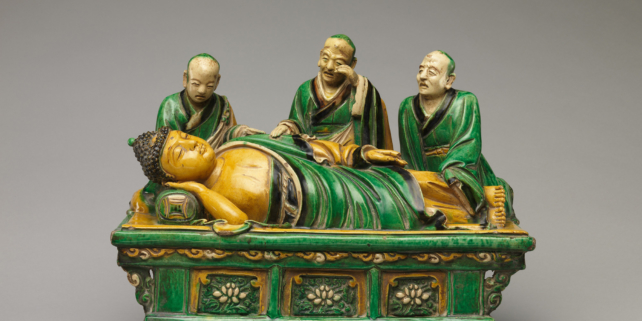 © Met, CC 1.0, Public Domain.
© Met, CC 1.0, Public Domain.
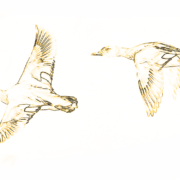 © czz für VZC
© czz für VZC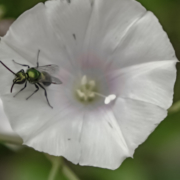

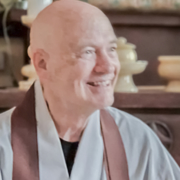 Vienna Zen Center
Vienna Zen Center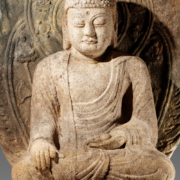 National Museum of Korea, Public Domain
National Museum of Korea, Public Domain
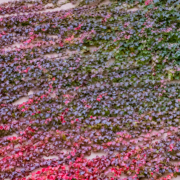 chris
chris © czz 2021
© czz 2021